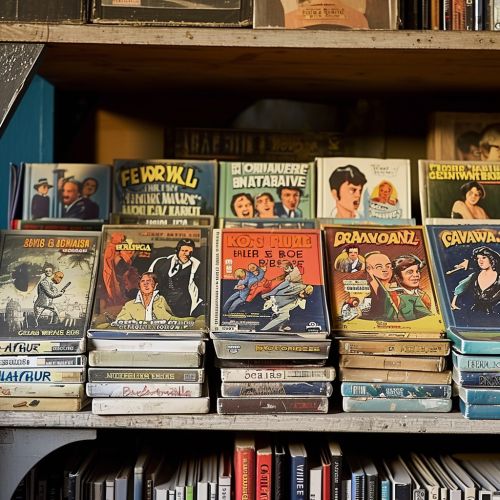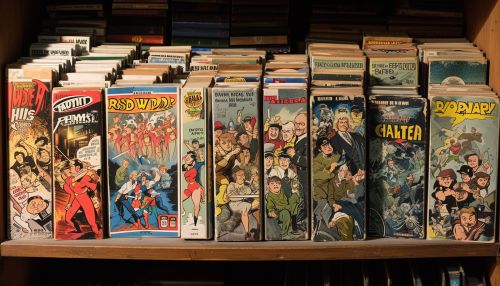Belgian Comics
History
Belgian comics, known as bande dessinée or BD in French and stripverhalen in Dutch, have a rich history that dates back to the late 19th century. The first comic strip to gain popularity in Belgium was Hergé's The Adventures of Tintin, which was first published in 1929. The success of Tintin led to the emergence of other popular Belgian comic strips such as Spirou and Fantasio, Lucky Luke, and The Smurfs.


Characteristics
Belgian comics are characterized by their high quality of artwork, intricate plots, and a wide range of genres. They are typically published in a large, hardcover album format, which is a departure from the smaller, softcover format commonly used in American comics. The language of Belgian comics is also notable, with many series being published in both French and Dutch, reflecting the country's bilingual nature.
Genres
Belgian comics cover a wide range of genres, from adventure and fantasy to humor and social commentary. Some of the most popular genres include:
Adventure
Adventure is a popular genre in Belgian comics, with series like Tintin and Spirou and Fantasio leading the way. These comics often feature heroic protagonists who travel the world, solve mysteries, and fight against villains.
Fantasy
Fantasy is another popular genre, with series like The Smurfs and Thorgal. These comics often feature magical elements, mythical creatures, and epic quests.
Humor
Humor is a staple in Belgian comics, with series like Lucky Luke and Gaston Lagaffe. These comics often feature comedic situations, slapstick humor, and witty dialogue.
Social Commentary
Some Belgian comics also serve as social commentary, addressing issues such as politics, culture, and societal norms. Series like XIII and The Bluecoats are notable examples.
Influences
Belgian comics have been influenced by a variety of factors, including the country's history, culture, and language. The bilingual nature of Belgium has led to a diverse range of styles and themes in Belgian comics, with French-language comics often being more literary and philosophical, while Dutch-language comics are typically more humorous and satirical.
Impact and Legacy
Belgian comics have had a significant impact on the global comic industry. They have been translated into numerous languages and have gained a worldwide following. Belgian comics have also influenced other forms of media, with many series being adapted into animated TV shows, movies, and video games.
